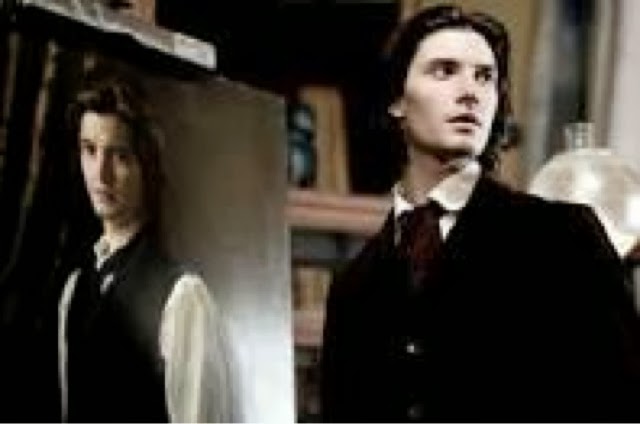Seeing Your True Self: Dorian Gray
My resolution last year was to read 24 books. That would be 2 a month; a not too impressive feat, but I resolved to do it nonetheless. I started off well but when I got ahead of schedule I started slacking.
Anyway, wanting to actually complete one resolution in my 30 existence I started The Picture of Dorian Gray by Oscar Wilde a few days ago. Talk about saving the best for last. This book is an arm-chair philosopher/theologians dream.
There are so many themes to ponder, such as pleasure and meaning (which dominate), but there are many other subtle themes that also appear. The one that stuck out to me was the value in seeing your true self.
Dorian Gray, for those who have not read the book, is the picture of human beauty and the envy of men and women alike. All who pass him wish they could be him, or be with him. He is so captivating that an artist decides to capture his image in a masterpiece portrait. Too make a short story shorter, while the portrait is being completed Dorian prays (or wishes) that this perfect painting of him might bear the ugliness of life (particularly that which comes by growing old) while he might maintain the beauty of a "museumed" piece of art. In other words he wants his looks to be frozen in time as it is on the portrait, while the portrait ages.
The wish is miraculously granted.
This, at first, seems like a dream come true! After a tragedy occurs that might cause a normal persons visage to show the effects of life experience, Dorian realizes that the portrait actually has a new wrinkle, while he is as picture perfect as ever. He realizes that the things he experiences that might otherwise affect his beauty only make their mark on the painting. He can do as he pleases without any threat of life's experiences forming or deforming his appearance.
But there is a grave danger in not being able to see your true self regularly. As Dorian hid the portrait behind a purple cloth to conceal the increasingly ugly image of an aging, wrinkled, and TRUE Dorian Gray, he began to live as if he was invincible. "It will affect the portrait, not me," he might have said.
As the story goes on Dorian becomes more vile and the picture becomes more hideous. And as this dual transformation plays out the reader must ask, "What if Dorian bore the marks of his own sin rather than the portrait doing so?" Perhaps he would have been more cautious if he saw the effects of his endeavors on his true reflection regularly.
This story tells me that there is much value in wrinkles and scars and deformity. They are like stories etched across our faces that tell a cautionary tale, or testify of a long journey to where we currently are. In a world that is constantly seeking to rid itself of scars and live a life like Dorian. We might do well to begin looking at out true selves regularly. Look long and hard and see what the reflection says to you and about you.
Dorian's painting told the story of a very evil man hidden behind the face of beauty. The odd thing is, had the real Dorian borne those marks his reflection might have spoken of an outwardly marred man who was beautiful within. Beautiful because he let life become a teacher rather than treating it like a plaything.
Here's to more true reflections in 2014, and the positive changes we make in light of them.

